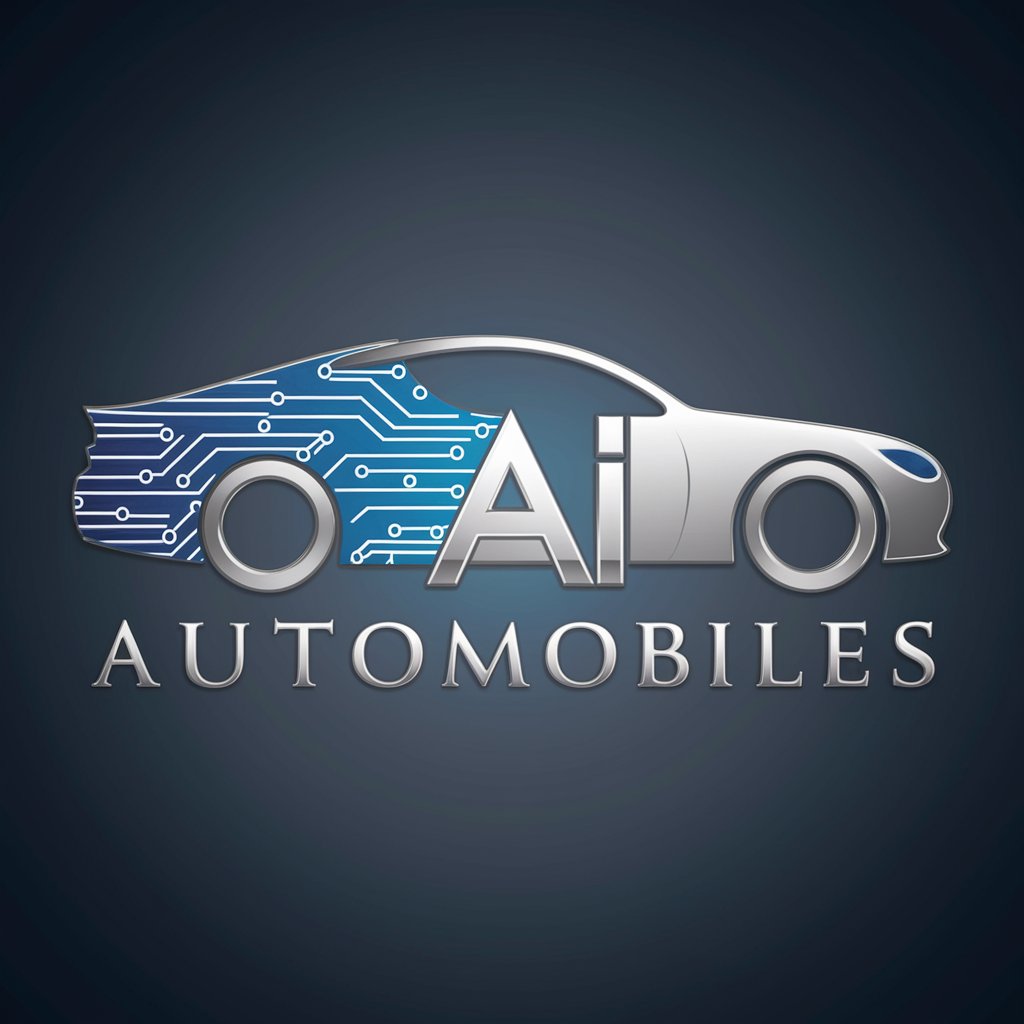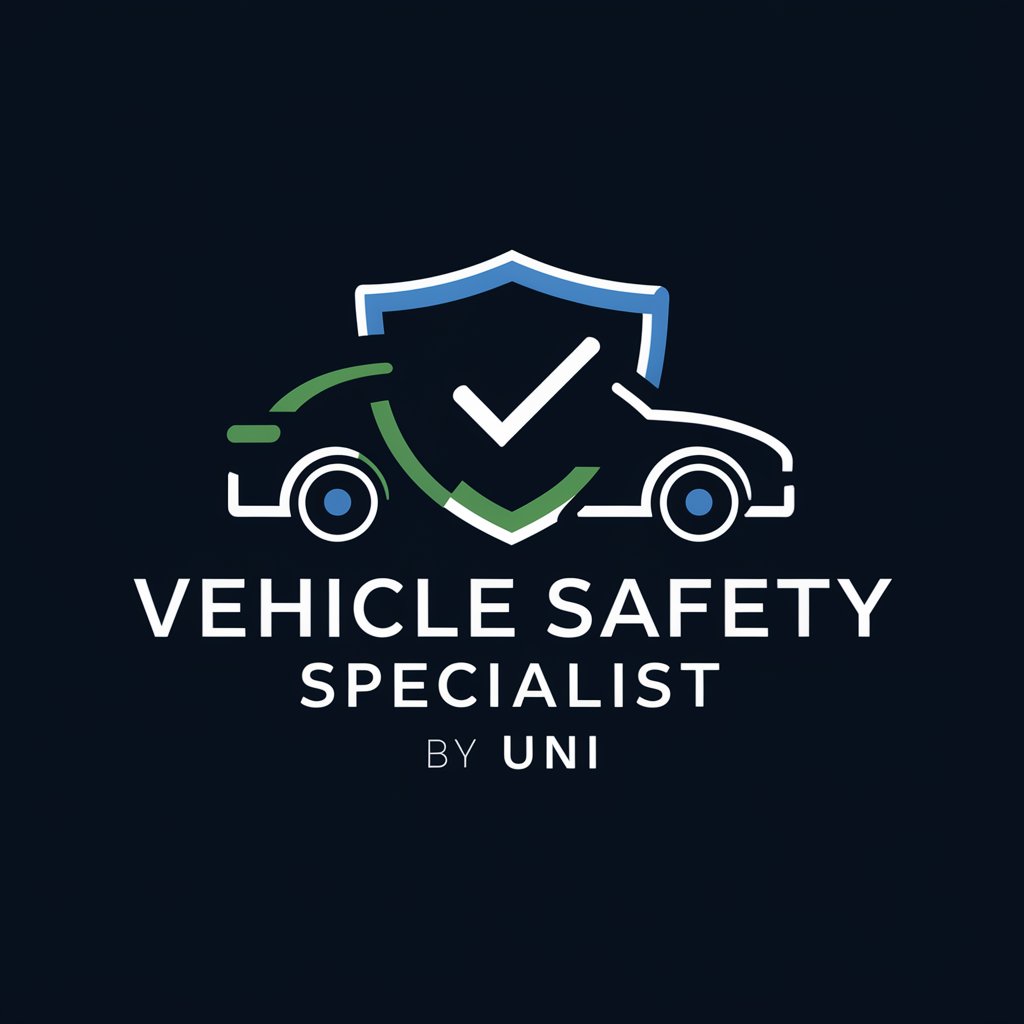11 GPTs for Safety Features Powered by AI for Free of 2025
AI GPTs designed for Safety Features integrate advanced machine learning and natural language processing capabilities to analyze, predict, and manage risks across various domains. These tools are tailored to enhance safety measures, leveraging the power of Generative Pre-trained Transformers (GPTs) to offer solutions that improve security protocols, risk management strategies, and safety standards. Their relevance lies in the ability to process vast amounts of data, identify potential hazards, and provide actionable insights, making them crucial for maintaining high safety standards.
Top 10 GPTs for Safety Features are: 현대 엘리베이터 AI 영업사원v1.0,Automobiles,Auto Advisor,Owner's manual for Models S-3-X-Y,eBicycles.ai,New Car,AutoExpert GPT,Autonomous Driving UX Master,Vehicle Safety Specialist,Bike Companion
현대 엘리베이터 AI 영업사원v1.0
AI-powered Elevator Solutions

Automobiles
Driving Innovation with AI

Auto Advisor
Navigate car buying with AI precision.

Owner's manual for Models S-3-X-Y
Navigate your Tesla's features effortlessly.

eBicycles.ai
Customized e-bike advice for families.

New Car
Empowering Your Car Buying Journey with AI

AutoExpert GPT
Your AI-Powered Car Companion

Autonomous Driving UX Master
Designing the future of autonomous driving experiences.

Vehicle Safety Specialist
Empowering safer driving with AI.

Bike Companion
Your AI-Powered Cycling Partner

Bridgestone AI Tire Buddy
Smart Tire Solutions, Powered by AI

Key Attributes and Capabilities
AI GPTs for Safety Features stand out due to their adaptability, precision, and comprehensive analytical capabilities. These tools can be tailored for a wide range of safety-related tasks, from analyzing workplace hazards to predicting cyber threats. Special features include real-time language understanding, technical support for safety protocol development, web searching for the latest safety regulations, image analysis for hazard identification, and data analysis for risk assessment. Their ability to learn and adapt to new safety challenges makes them indispensable for modern safety management.
Who Benefits from Safety-Oriented AI GPTs
The primary beneficiaries of AI GPTs for Safety Features include safety professionals, risk managers, cybersecurity experts, and compliance officers, as well as novices looking for guidance on safety practices. These tools are accessible to individuals without programming skills, offering user-friendly interfaces and pre-built solutions, while also providing extensive customization options for those with coding knowledge, allowing for tailored safety solutions across various industries.
Try Our other AI GPTs tools for Free
Sport Fishing
Discover how AI GPTs for Sport Fishing can revolutionize your fishing experience with personalized advice, real-time updates, and data-driven insights.
Privacy Training
Discover how AI GPTs for Privacy Training can transform your understanding and compliance with privacy laws through personalized, interactive learning experiences.
Legal Preparation
Discover how AI GPTs are revolutionizing Legal Preparation, offering cutting-edge solutions for document drafting, legal research, and case analysis. Ideal for professionals seeking efficiency and accuracy.
Mental Readiness
Explore AI GPT tools for enhancing mental readiness, offering personalized support for stress management, mental resilience, and well-being through advanced AI technology.
Copyright Navigation
Discover how AI GPTs for Copyright Navigation can transform your content creation and management with tailored, AI-powered copyright guidance and solutions.
Privacy Guidelines
Discover AI GPTs for Privacy Guidelines: your AI-powered assistant for navigating privacy laws, generating compliance materials, and enhancing data protection practices with ease.
Enhanced Safety Through Tailored AI Solutions
AI GPTs for Safety Features revolutionize how industries approach risk management and safety protocols. With user-friendly interfaces and the ability to integrate with existing systems, these tools offer customized solutions that cater to the specific needs of different sectors, ensuring that safety standards are not only met but exceeded.
Frequently Asked Questions
What are AI GPTs for Safety Features?
AI GPTs for Safety Features are advanced tools that use generative pre-trained transformers to enhance safety measures through data analysis, risk prediction, and safety protocol optimization.
How do AI GPTs improve safety measures?
They process and analyze vast data sets to identify potential hazards, predict risks, and suggest actionable safety improvements across various domains.
Can non-technical users benefit from these tools?
Yes, these tools are designed with user-friendly interfaces that do not require programming skills, making them accessible to novices and professionals alike.
Are there customization options available?
Absolutely, developers and tech-savvy users can customize the tools to meet specific safety requirements, leveraging the AI's adaptability to enhance its utility.
What types of safety applications can AI GPTs address?
From workplace safety and cyber security to environmental hazards and compliance issues, these tools offer versatile applications across multiple safety-related fields.
How do AI GPTs stay updated with safety regulations?
These tools utilize web searching capabilities to continuously monitor and integrate the latest safety standards and regulations into their analysis and recommendations.
Can AI GPTs predict future safety risks?
Yes, by analyzing patterns in historical data, these AI tools can forecast potential risks, allowing for proactive safety measures.
How do they integrate with existing safety protocols?
AI GPTs can be seamlessly integrated into existing workflows, enhancing current safety protocols with their advanced analysis and prediction capabilities.